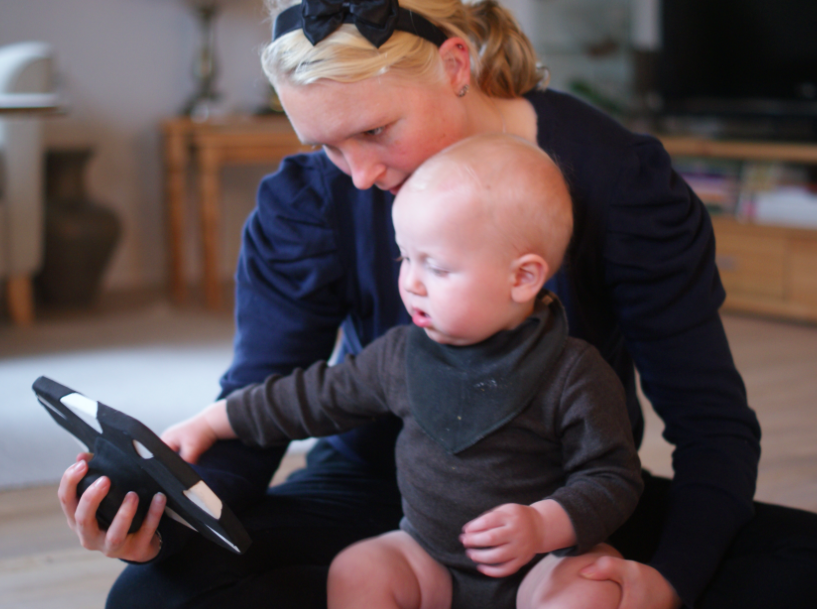Summer is here! Kids have more free time and more opportunity to do what they like? But what do they like to do? Are they going to be using their mobile devices all summer long gaming, Instagramming or chatting online with friends? They might.
In the past, children’s play was centered on the sensory world. Play was free, physical, spontaneous and largely unsupervised. Play was often an outdoor activity, no matter what the season, and involved regular interaction with nature. Yet technology has changed all of that. Expensive equipment, addictive games, and instantly mesmerizing mobile devices are now the center children’s playtime. Parents, heavily reliant on technology themselves to make their own lives more efficient are too often blind and numb to this sea change that has happened around their children’s play.
Now younger and younger children are relying on technology devices for most of their play, meaning hours and hours of computer time. This limits their imagination, creativity and overall development. We need to create awareness around this “epidemic” and the negative developmental impact of technology on children.
It is commonly understood that traditional play embodies several factors critical to healthy child development:
- Movement– a child’s body needs to be challenged through physical play for proper motor development. A reasonable amount of unrestrained play with physical contact is critical for sensory stimulation and brain development.
- Touch– hugging and touching during play develops praxis, the ability to perform skilled and connected movement. Touch is also directly related to the parasympathetic system, which regulates adrenalin and anxiety.
- Connection– real human interaction is the foundation of socio-emotional development.
- Stimulation of the Senses through Nature– regular exposure to nature provides a calming effect which helps children’s ability to focus and learn.
Time is not moving backwards. The fast-paced high tech environment will only permeate our daily lives more and more. What are some of the ways that we can accept the reality of living in a high tech world and at the same time mitigate the harmful effects of overexposure on our children’s development?
1) Remember that giving hand held technologies to your very young child is 100% under your control. With the knowledge of how this singular focus on a device or technology can interfere with brain development, please wait until age 5 before allowing them to use mobile devices as toys or tools. It’s worth the wait. You will be surprised at how quickly they pick it up.
2) If you can’t beat them, join them. Create a common experience with your child. Work together with your child very early on and make the cyber world a normal experience together as soon as you introduce them to the Internet or a mobile device.
3) Do your research. Know what your are getting into before handing them a device or downloading a software. Help them understand them understand that it’s a tool and not a toy.
4) Don’t use technology as a baby sitter. We understand the temptation but it is a harmful solution. In the past television was used in the same way. Parents largely understood the detrimental effects and and limited access.
5) Dont use technology as reward or punishment. This will make children focus on access to the technology just for the sake of having what is forbidden.
6) Acknowledge that technology and the mobile world is here to stay. If you refuse to engage, this will only widen the environmental gap between you and your child.
7) Focus on the positives. There are a myriad of beneficial applications including educational platforms, to practice vocabulary, mathematical concepts and design. Kids also have access to multimedia literacy devices, research opportunities, and global connectivity.
8) Find times and places to be “disconnected”. Be a role model for your child and plan times to be together in natural environments without tools or technologies. Even a walk on the beach or through the woods will do. Challenge yourself to leave that phone at home…or at least turn it off.
